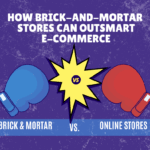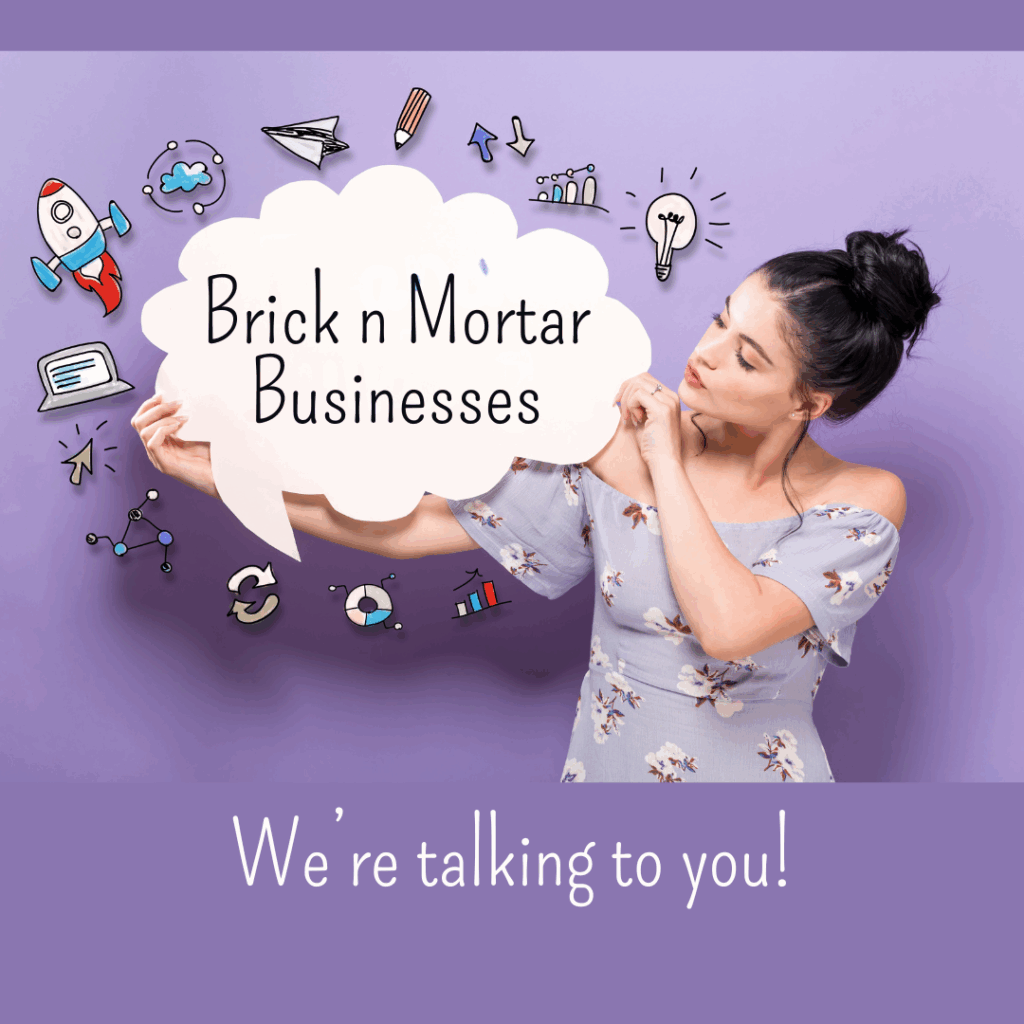
How Brick-and-Mortar Stores Can Outsmart E-Commerce and Win
June 1, 2025How Inconsistent Branding Could Cost You Customers Online and Off
What Is Brand Consistency? Brand consistency refers to maintaining a unified message, appearance, and voice across every customer touchpoint—online and offline. It’s the glue that holds your business identity together.

Brand consistency refers to maintaining a unified message, appearance, and voice across every customer touchpoint—online and offline. It’s the glue that holds your business identity together. Whether someone stumbles upon your website, reads a flyer on a café table, or visits your physical store, the experience should feel cohesive. It's about using the same logo, fonts, colors, tone of voice, and even the values and promises your brand stands for.
For brick-and-mortar businesses, brand consistency is the silent ambassador of your professionalism. If a customer walks into your store after seeing an Instagram post, they should feel that it’s the same brand. If your flyer says one thing and your Facebook ad says another, confusion will be the first impression— not to trust.
Brand consistency isn’t just about looking good; it’s about trust and credibility. Think about how you feel when Amazon, Apple, or Starbucks changes something small—you notice it immediately. That’s because they’ve been so consistent, so reliable. Small businesses need to adopt this mindset because you often have one shot to make a lasting impression.
Why Consistency Matters in Today’s Multichannel World
Customers are bouncing between platforms—Google, Facebook, TikTok, physical stores, websites, and emails—like never before. This multichannel behavior means your message must be spot-on everywhere. A single inconsistent message could mean the difference between a sale and a lost opportunity.
Say a potential customer sees your event on Eventbrite and notes the date. Later, they see a flyer at a local shop with a different date. Now they’re unsure. Is it a typo? Has the event changed? Should they still go? These tiny doubts create friction. And friction is deadly in customer experience.
Brand inconsistency leads to skepticism.
Consumers are already bombarded with choices and distractions. If your business sends mixed signals, they’ll move on to someone who doesn’t. You’re not just competing on product or price anymore—you’re competing on clarity.
The Hidden Costs of Inconsistent Branding
Customer Confusion and Distrust
Confusion is a conversion killer. When customers encounter conflicting information about your business, they start to question your credibility. Did the event really move to Friday? Why does your Instagram say one thing while your poster says another? Are you disorganized? Are you reliable?
These questions aren’t spoken aloud—but they affect behavior. Customers won’t call or email to clarify. They’ll just leave.
Distrust grows in silence. And for small businesses, reputation is everything. One mixed message can ripple through your customer base, especially if people start posting online about the inconsistency. Word spreads fast—especially when it’s negative.
You need to know that people often interact with your brand before they buy. If their first touchpoint is a contradiction, you’ve lost them before they even step through the door.
Loss of Brand Recognition and Recall
Brand recognition is what makes someone spot your business in a sea of competitors. But recognition only works when branding is consistent. If your color scheme changes, your messaging shifts, or your tone fluctuates—people don’t know what to remember.
Let’s say you have a teal logo on your Facebook, a navy blue sign on your storefront, and red graphics in your email newsletter. What’s your brand color? If customers can’t recognize you instantly, they forget you quickly.
This kind of identity crisis waters down your brand equity. It makes it harder for customers to connect emotionally. And in our marketing environment, emotions sell more than logic.
When branding is inconsistent, your brand recall fades. This means less word-of-mouth, fewer return customers, and weaker social proof. All because you didn’t double-check that your online flyer matched your window decal.
The biggest risk of inconsistent branding is losing customer trust.
When your brand messages, visuals, or information conflict across different platforms, it creates confusion. Customers begin to question the reliability of your business—and in a world full of choices, even a hint of uncertainty can drive them elsewhere. It’s not just about aesthetics; inconsistency makes your business look disorganized and unprofessional. Over time, this leads to reduced credibility, fewer repeat customers, and missed opportunities to build long-term loyalty.
FAQs
How often should I audit my branding?
There are several tools that can help maintain brand consistency:
- Google Drive or Dropbox – To store and share brand assets like logos, fonts, and images.
- Loomly or Buffer – To plan and schedule content across social channels with consistent messaging.
These tools ensure everyone on your team uses the same version of your brand content, preventing inconsistencies from slipping through.
Can small businesses afford to invest in branding tools?
Yes, and they should. Many branding tools offer affordable plans specifically designed for small businesses. For example, Canva has a free version packed with features, and Trello offers free task management. Investing in branding tools isn’t a luxury—it’s a necessity.
When you weigh the cost of these tools against the potential loss of customers due to brand confusion, it’s a no-brainer. Even on a tight budget, choosing the right tools can help you maintain a polished, consistent presence without hiring a full-time designer or marketer.
What’s the first step in fixing a branding issue?
The first step is identifying where the inconsistency lies. Conduct a mini audit—check your website, social media pages, flyers, business cards, and ads. Look for mismatches in logos, colors, tone, information (like outdated event dates), and messaging. Once identified, prioritize fixing the most visible platforms first—especially those customers see daily, like Google Business, Instagram, and your homepage. Then, create or update a brand style guide to prevent future mistakes.
Share this guide with everyone involved in your marketing efforts so everyone stays on the same page. Please connect with me if you have questions. Nico@skywritingbynico.com or go to www.MauisMarketingCompany.com




